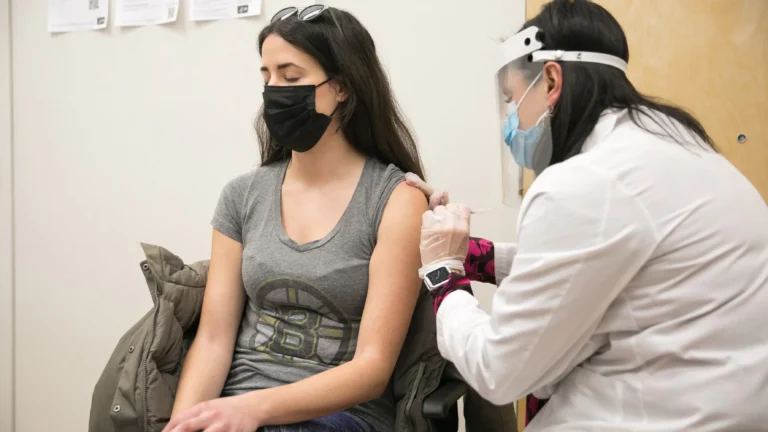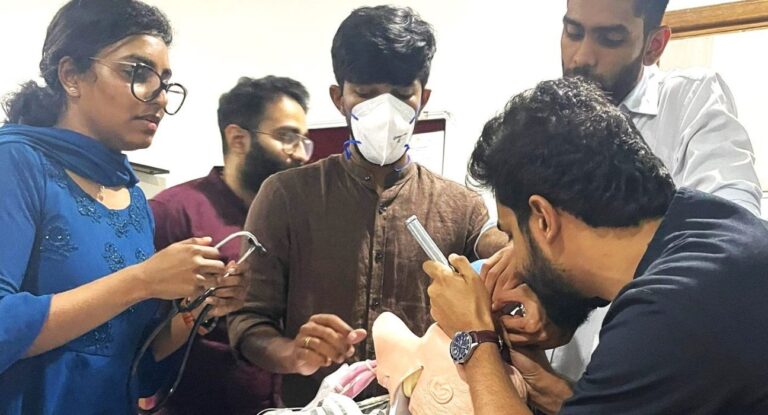Anesthesiologist assistants (AAs) play a critical role in the medical field, ensuring patient safety and comfort during surgical procedures. This article will explore the responsibilities, education, and career outlook for anesthesiologist assistants, providing a detailed understanding of this essential profession.
What is an Anesthesiologist Assistant?
An anesthesiologist assistant is a highly trained healthcare professional who works under the supervision of licensed anesthesiologists. They are vital in administering anesthesia, monitoring patients during surgery, and providing postoperative care. AAs collaborate with the surgical team to ensure that anesthesia is administered safely and effectively, making them an indispensable part of the healthcare system.
Roles and Responsibilities of Anesthesiologist Assistants
Anesthesiologist assistants have a diverse range of responsibilities, which can be broadly categorized into several key areas:
1. Preoperative Assessment
Before any surgical procedure, anesthesiologist assistants conduct thorough assessments of patients. This includes:
- Medical History Review: AAs gather information about the patient’s medical history, including any previous surgeries, allergies, and current medications.
- Physical Examination: They perform a physical examination to assess the patient’s overall health and identify any potential risks related to anesthesia.
- Patient Education: AAs explain the anesthesia process to patients, addressing any concerns or questions they may have to help alleviate anxiety.
2. Anesthesia Administration
During the surgical procedure, anesthesiologist assistants are responsible for administering anesthesia and monitoring the patient. Their duties include:
- Selecting Anesthesia Techniques: Based on the patient’s condition and the type of surgery, AAs determine the most appropriate anesthesia technique, whether general, regional, or local anesthesia.
- Administering Anesthesia: AAs carefully administer anesthesia medications, ensuring the correct dosage and method of delivery.
- Monitoring Patient Vital Signs: Throughout the procedure, anesthesiologist assistants continuously monitor the patient’s vital signs, such as heart rate, blood pressure, and oxygen levels, adjusting anesthesia as needed.
3. Postoperative Care
After surgery, anesthesiologist assistants play a crucial role in the patient’s recovery:
- Monitoring Recovery: AAs closely monitor patients in the post-anesthesia care unit (PACU), assessing their vital signs and overall condition as they wake up from anesthesia.
- Managing Pain: They are responsible for managing postoperative pain through medication administration and monitoring patients for any adverse reactions.
- Providing Discharge Instructions: Anesthesiologist assistants educate patients on what to expect after surgery, including pain management and any potential side effects of anesthesia.
4. Collaboration with Healthcare Teams
Anesthesiologist assistants work closely with various members of the healthcare team, including:
- Surgeons: AAs collaborate with surgeons to ensure that the anesthesia plan aligns with the surgical procedure and the patient’s needs.
- Nurses: They communicate with nursing staff to ensure a seamless transition of care from the operating room to the recovery area.
- Anesthesiologists: AAs work under the supervision of anesthesiologists, providing support and assistance while adhering to established protocols and guidelines.
Education and Training Requirements
Becoming an anesthesiologist assistant requires a rigorous education and training process. Here’s a detailed overview of the necessary steps:
1. Educational Background
Anesthesiologist assistants typically need a strong educational foundation in the sciences. The following steps outline the typical educational path:
- Bachelor’s Degree: Aspiring AAs should first obtain a bachelor’s degree in a relevant field, such as biology, chemistry, or health sciences. Some programs may require coursework in anatomy, physiology, and pharmacology.
- Graduate Program: After completing a bachelor’s degree, candidates must enroll in an accredited anesthesiologist assistant master’s program. These programs usually last about 24 to 28 months and cover advanced topics such as anesthesia techniques, pharmacology, and patient care.
2. Clinical Training
During their graduate studies, anesthesiologist assistants undergo extensive clinical training. This involves hands-on experience in various healthcare settings, where they:
- Participate in Clinical Rotations: AAs gain experience in diverse areas, including surgery, pediatrics, obstetrics, and critical care, allowing them to develop a well-rounded skill set.
- Work with Anesthesiologists: Under the supervision of licensed anesthesiologists, AAs learn to administer anesthesia and monitor patients, developing the expertise necessary for their future roles.
3. Certification and Licensure
After completing an accredited program, aspiring anesthesiologist assistants must obtain certification and licensure to practice:
- Certification: AAs must pass the National Commission for Certification of Anesthesiologist Assistants (NCCAA) exam to become certified anesthesiologist assistants (CAAs). This exam assesses their knowledge and skills in anesthesia.
- State Licensure: Each state has its licensure requirements, so AAs must apply for a state license to practice. This often involves submitting proof of education, certification, and any additional documentation required by the state.
Skills and Qualities of Anesthesiologist Assistants
Successful anesthesiologist assistants possess a combination of technical skills and personal qualities that enable them to excel in their roles. These include:
1. Strong Clinical Skills
AAs must have a solid understanding of anesthesia techniques, pharmacology, and patient care. They should be able to perform complex procedures accurately and efficiently.
2. Attention to Detail
Given the critical nature of their work, anesthesiologist assistants must pay close attention to detail. Monitoring vital signs and administering the correct dosage of anesthesia requires precision to ensure patient safety.
3. Effective Communication
Anesthesiologist assistants need strong communication skills to interact effectively with patients, families, and the healthcare team. They must explain complex information in a way that patients can understand and address any concerns.
4. Problem-Solving Abilities
AAs must be able to think critically and make quick decisions in high-pressure situations. They should be able to identify and address any complications that may arise during surgery.
5. Compassion and Empathy
Caring for patients undergoing surgery can be challenging. Anesthesiologist assistants must exhibit compassion and empathy, helping patients feel comfortable and supported throughout the process.
Career Outlook for Anesthesiologist Assistants
The demand for anesthesiologist assistants is growing due to the increasing number of surgical procedures and the need for quality anesthesia care. Here are some key points regarding the career outlook:
1. Job Growth
According to the U.S. Bureau of Labor Statistics (BLS), the employment of anesthesiologist assistants is projected to grow significantly in the coming years. This growth is driven by advancements in surgical techniques and an aging population requiring more medical procedures.
2. Competitive Salary
Anesthesiologist assistants typically earn a competitive salary. According to the BLS, the median annual wage for AAs is higher than that of many other healthcare professions. Factors such as experience, education, and geographic location can influence salary levels.
3. Opportunities for Advancement
Anesthesiologist assistants have various opportunities for professional growth and advancement. Some may choose to specialize in specific areas of anesthesia, such as pediatric or obstetric anesthesia. Others may pursue leadership roles within healthcare facilities or further their education to become anesthesiologists.
Challenges Faced by Anesthesiologist Assistants
While the career of an anesthesiologist assistant can be rewarding, it is not without its challenges:
1. High-Stress Environment
Working in an operating room can be stressful, as AAs must remain calm and focused during critical moments. The ability to handle pressure and make quick decisions is essential.
2. Long Hours
Anesthesiologist assistants may work long hours, including nights, weekends, and holidays. The demanding schedule can lead to burnout if not managed properly.
3. Continuous Education
To maintain certification and stay current with advancements in anesthesia, AAs must participate in continuing education. This requires a commitment to lifelong learning and professional development.
Conclusion
Anesthesiologist assistants are essential members of the healthcare team, ensuring safe and effective anesthesia care for patients undergoing surgery. Their extensive education, clinical training, and dedication to patient safety make them invaluable in the operating room. As the demand for quality anesthesia care continues to grow, the role of anesthesiologist assistants will become increasingly vital in the medical field. With a strong career outlook, competitive salaries, and opportunities for advancement, aspiring AAs can look forward to a rewarding and fulfilling profession.













